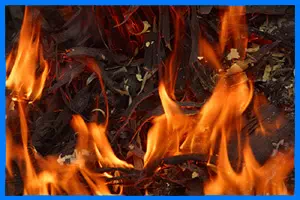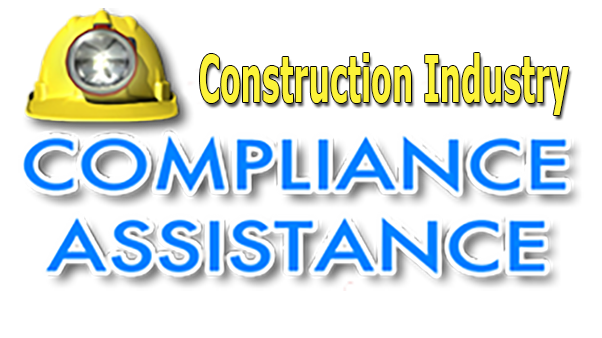
Open Burning/Smoke
 Regulations
restricting or prohibiting open burning are typically written and
enforced by state, regional, and/or local governments. These rules
are aimed at reducing the generation of smoke, preventing smoke and
ash from impacting people and the environment, and preventing wildfires.
Examples of typical regulations are given below:
Regulations
restricting or prohibiting open burning are typically written and
enforced by state, regional, and/or local governments. These rules
are aimed at reducing the generation of smoke, preventing smoke and
ash from impacting people and the environment, and preventing wildfires.
Examples of typical regulations are given below:
-
States often have rules covering various aspects of open burning, such as limits on the types of materials that can be burned, quantity, and hours of the day when burning can be performed (e.g., see North Carolina’s Open Burning Rule).
-
Open burning is often regulated locally by a fire code or ordinance that has it’s roots in state law (e.g., City of Huntsville Code of Ordinances, Article III Open Burning)
-
Intentional burning of buildings (including fire training), is "demolition" under federal asbestos rules and is regulated (more Information). Many localities limit open burning to vegetation removed from the property during clearing. In many areas you are required to obtain a permit for this type of open burning (e.g., see Washington State Department of Ecology Air Quality Program)
-
Other rules require that the vegetation must be dried for a minimum number of days before burning, and limit the diameter of logs that can be burned (e.g., see West Virginia Air Quality Regulation for Open Burning)
-
Some areas completely prohibit open burning of construction debris (e.g., see Montgomery County, MD)
Use the CICA Air Pollution Information Tool to find out about open burning rules in your area.
Dust
Airborne dust generated from construction activities may be regulated by regional and local rules. [Dusts containing lead or asbestos are covered by federal and state regulations and are covered elsewhere on CICA.] Typical rules require builders to implement best management practices (e.g., establish vegetation, watering, sequential clearing, wheel washing, reducing vehicle speed, prompt removal of dirt/mud tracked onto highways) as abatement measures. An example of dust control rules are Benton (WA) Clean Air Authority Urban Fugitive Dust Policy (see construction/demolition section). Some localities require contractors/builders to obtain a permit from the local air pollution control authority before construction begins. As an example, see the City of Albuquerque Dust Control Program.
Use the Air Pollution Information Tool to find out about dust regulations in your area.
